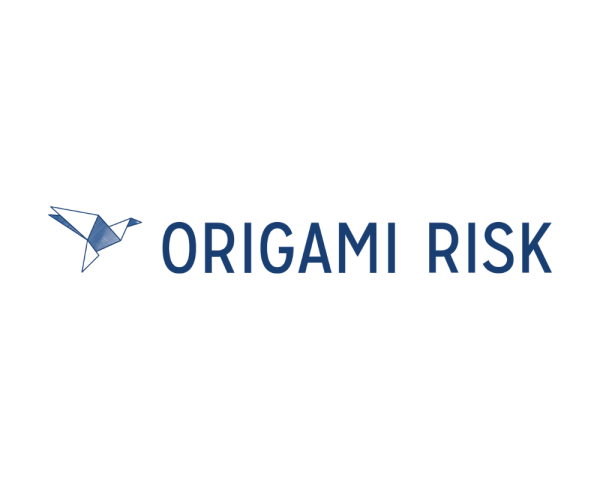Origami Risk delivers single-platform SaaS solutions that help organizations best navigate the complexities of risk, insurance, compliance, and safety management.
Founded by industry veterans who recognized the need for risk management technology that was more configurable, intuitive, and scalable, Origami continues to add to its innovative product offerings for managing both insurable and uninsurable risk; facilitating compliance; improving safety; and helping insurers, MGAs, TPAs, and brokers provide enhanced services that drive results.
A singular focus on client success underlies Origami’s approach to developing, implementing, and supporting our award-winning software solutions.
For more information, visit origamirisk.com
Additional Resources
ABM Industries
With over 100,000 employees serving approximately 20,000 clients across more than 15 industries, ABM Industries embarked on an ambitious, long-term transformation initiative, Vision 2020, to unify operations and drive consistent excellence across the organization.
Read More
Webinar Recap: Leveraging Integrated Risk Management for Strategic Advantage
The roles of risk and safety managers have become increasingly pivotal to their enterprises' success. To address the multifaceted challenges posed by interconnected risks that span traditional departmental boundaries, many organizations are turning to Integrated Risk Management (IRM) as a holistic approach to managing risk, safety, and compliance.
Read More
The MPL Insurance Talent Crisis: A Race Against Time
Managing Medical Professional Liability (MPL) policies has never been more complex — or more critical. With increasing regulatory demands, growing operational costs, and the ongoing talent drain, your team is expected to do more with less.
Read More
MGA Market Dominance: How to Get & Stay Ahead in 2025
Discover key insights and actionable strategies to outpace competitors and achieve lasting success in the ever-changing MGA market. The insurance industry is transforming rapidly, and MGAs are at the forefront of this change. Adapting to evolving technologies, shifting customer needs, and complex regulatory demands is essential for staying competitive.
Read More
MORE FROM THIS AUTHOR
Learn how leading organizations are leveraging this innovative approach to enhance efficiency, scalability, and security. Dive into real-world case studies and expert insights to stay ahead in the ever-evolving landscape of risk management.
In today's fast-paced risk environment, traditional roles in claims, insurance management, safety, and GRC are evolving into strategic positions crucial for organizational decision-making. Discover the four key ways to elevate your approach to risk by downloading the eBook.








